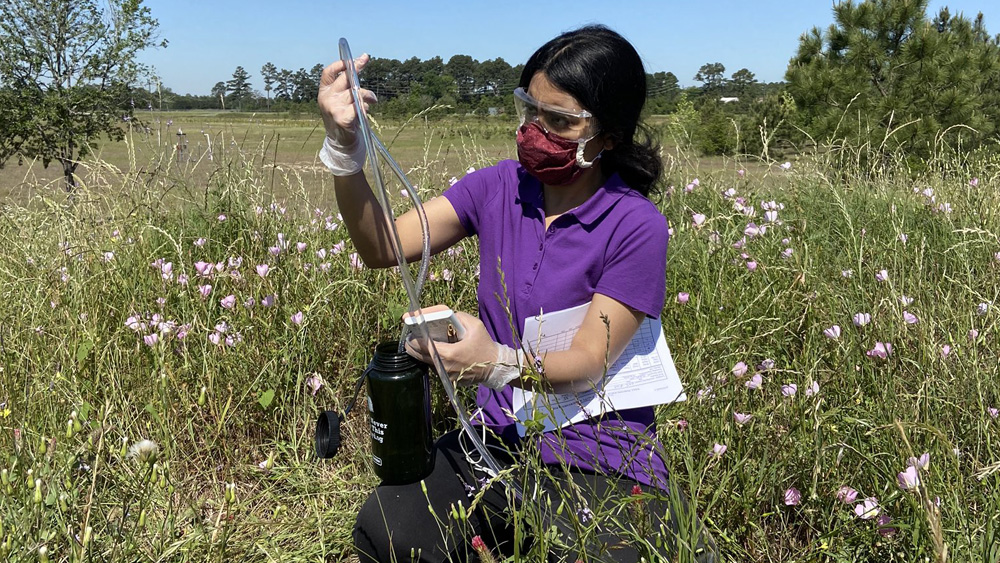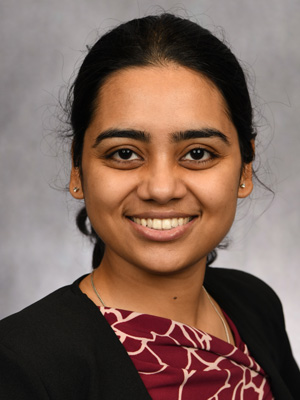
Saheli Majumdar, a doctoral candidate in the Zachry Department of Civil and Environmental Engineering at Texas A&M University, was awarded a 2021 Robert Farvolden Scholarship from The Groundwater Foundation for her presentation at the 2021 Virtual Groundwater Summit.
Majumdar's presentation, "Managed Aquifer Recharge using Enhanced Infiltration Systems in Houston, Texas," focused on a study that could help mitigate the effects of groundwater depletion in heavily stressed aquifers.
The Robert Farvolden scholarships are given every year at the summit in honor of former National Ground Water Association (NGWA) senior science council member Dr. Robert Farvolden. NGWA's primary goal is to advocate responsible management and use of groundwater. Students each chose a topic and were evaluated on their presentation and insight, and on how their work contributed to groundwater science, engineering, management or policy.
“I was elated to learn that I received such a prestigious national scholarship,” Majumdar said. “Dr. Farvolden was a distinguished hydrogeologist known for his pioneering work in siting landfills, so I hope to live up to his reputation.”
Co-authors include Dr. Gretchen R. Miller, associate professor in the department and Majumdar’s faculty advisor, Steve Albert of Binkley & Barfield Inc. and Dr. Zhuping Sheng of the Texas A&M AgriLife Research Center at El Paso.
Majumdar, who specializes in water resources engineering research, said the study is vital as more people move to more populous cities.
"Population growth in cities is accompanied by higher demand for water, which is generally met by groundwater abstraction," she said. "This often leads to groundwater overdraft, where the groundwater use exceeds the amount of recharge into the aquifer, which leads to a decline in groundwater level."

Lower groundwater levels jeopardize future availability of water and result in the aquifer system becoming more compact, which results in gradual settling of the earth's surface — a phenomenon called land subsidence.
"It could disrupt the existing stormwater drainage system," Majumdar said. "In coastal areas, land subsidence could lead to higher sea levels and increased risk of flooding. This research aims to mitigate the consequences of groundwater overdraft by promoting recharge."
According to the study, engineered systems such as trenches backfilled with recycled aggregates and soil amendments help promote recharge throughout the year for small and big rain events, which can be used to redevelop existing stormwater detention basins.
"This study opened my eyes to a whole new world of research where field techniques can be coupled with numerical analysis to better understand real-life systems," Majumdar said. "The fact that the results from this study could be directly implemented in stormwater management planning piqued my interest."
For future study, Majumdar and Miller are developing a numerical model that replicates the physical system based on data from the monitoring period.
"We plan to use the model to evaluate its performance under different rainfall scenarios, depths of inundation and depths to groundwater," Majumdar said. "The results from this future study could be used to develop guidelines for design engineers to effectively design and operate stormwater detention basins with or without engineered systems."